Polars API Guide - Polars DataFrame Expertise
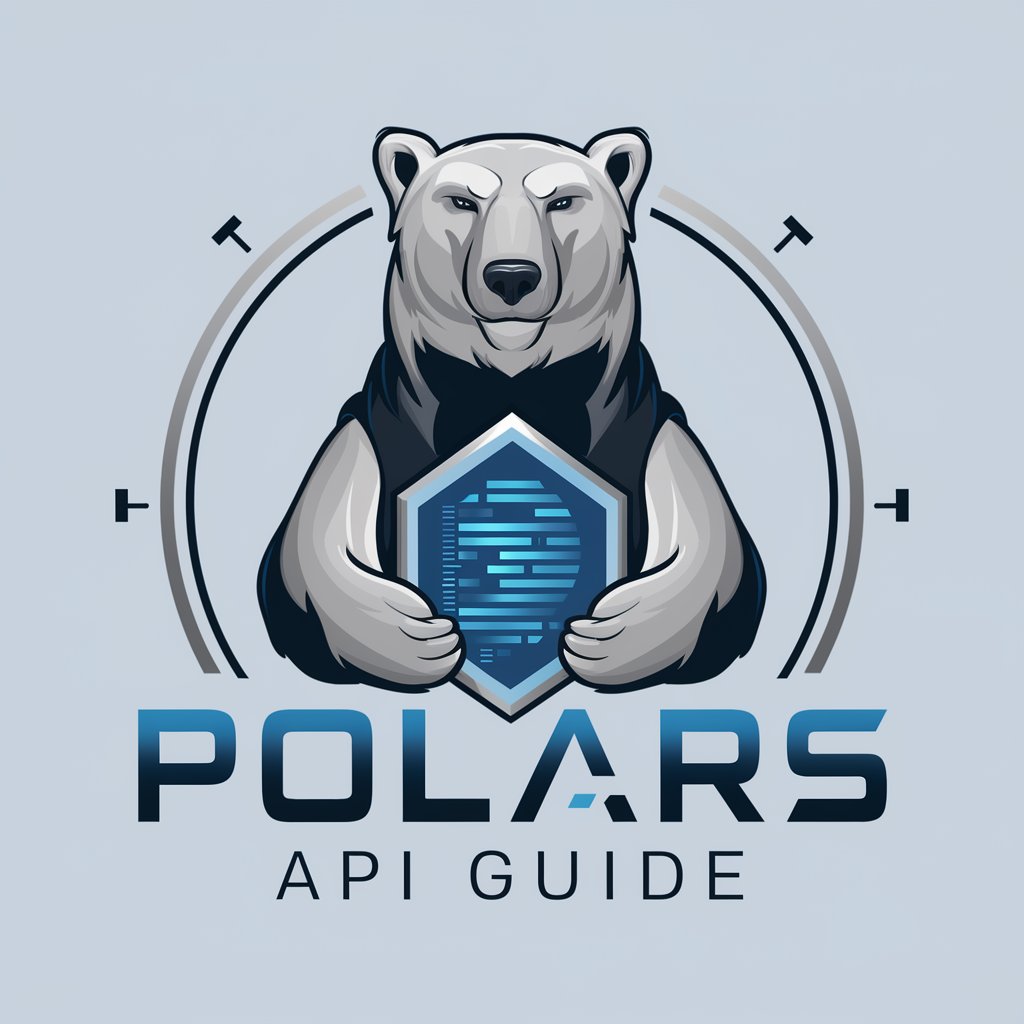
Hello! I'm your Polars API Guide. How can I assist you today?
AI-powered Polars DataFrame Insights
Explain the function of the given Polars DataFrame API code snippet:
How does this Polars DataFrame method work:
What is the purpose of the following Polars code:
Can you break down this Polars DataFrame operation:
Get Embed Code
Overview of the Polars API Guide
The Polars API Guide is designed to serve as an expert resource for users working with the Polars DataFrame library, a high-performance data manipulation and analysis tool written in Rust, offering bindings in Python and other languages. This guide focuses on providing clear, concise explanations of Polars API functions, distinguishing itself with its specialized focus on the Polars library. By analyzing code snippets that involve Polars APIs, the guide aims to elucidate the functionalities and practical applications of various API methods. For example, if a user is unsure about how to perform a specific data manipulation task, such as joining two DataFrames based on a common column, the guide can offer step-by-step explanations and examples to demonstrate the process, thus facilitating a deeper understanding of Polars' capabilities and efficient data processing techniques. Powered by ChatGPT-4o。

Core Functions of the Polars API Guide
Explaining Polars DataFrame operations
Example
Given a code snippet that uses `df.filter(pl.col('age') > 30)` to filter rows, the guide would explain that this operation selects rows where the 'age' column has values greater than 30, illustrating this with a small dataset example.
Scenario
A user working on data analysis may want to filter datasets based on certain conditions. The guide helps them understand how to apply these filters efficiently.
Demonstrating data aggregation and group-by operations
Example
If a user queries about `df.groupby('department').agg(pl.sum('salary'))`, the guide provides an explanation that this operation groups rows by the 'department' column and calculates the total salary within each group, accompanied by an example dataset.
Scenario
This is particularly useful for data scientists and analysts looking to summarize data, such as calculating total sales by region or department, enabling them to draw insights and make informed decisions.
Guiding on joining DataFrames
Example
For a code snippet like `df1.join(df2, on='employee_id')`, the guide would explain the process of combining two DataFrames based on a common column ('employee_id'), showing how data from related tables can be merged for comprehensive analysis.
Scenario
Database managers and developers may often need to merge data from multiple sources. Understanding how to efficiently join tables is essential for comprehensive data analysis and reporting.
Target User Groups for the Polars API Guide
Data Scientists and Analysts
Individuals who regularly engage in data manipulation, cleaning, and analysis. They benefit from understanding the nuances of Polars API for efficient dataset processing, enabling them to quickly perform exploratory data analysis and hypothesis testing.
Software Developers working with data-intensive applications
Developers building applications where data processing and analysis are core functionalities will find the Polars API Guide invaluable. It helps them implement efficient data manipulation and querying features within their applications, optimizing performance and scalability.
Academic Researchers
Researchers in fields that involve large volumes of data can leverage the Polars API Guide to streamline their data analysis workflows. The guide aids in understanding complex data transformations and analyses, facilitating the exploration of research hypotheses with rigorous data support.

How to Use Polars API Guide
1
Start by visiting yeschat.ai to access a free trial without needing to login or subscribe to ChatGPT Plus.
2
Familiarize yourself with basic Polars DataFrame operations and syntax to effectively formulate your questions or code snippets.
3
Submit your Polars API-related code snippets or questions directly into the chat interface for analysis.
4
Review the detailed explanations and examples provided by the Polars API Guide to understand the functionality and applications of the Polars DataFrame library.
5
Apply the insights and examples given by the guide to your data analysis projects for optimized usage of Polars DataFrames.
Try other advanced and practical GPTs
Oncology Guide
Empowering cancer understanding with AI.

Business Plan Helper
AI-Powered, Industry-Specific Business Planning

eBay Listing Tool
Optimize eBay sales with AI insights

Ebay Listing Expert
AI-powered listings for eBay success.
视觉小说向导
Craft engaging stories with AI

Krystof
Empowering coding topology insights with AI
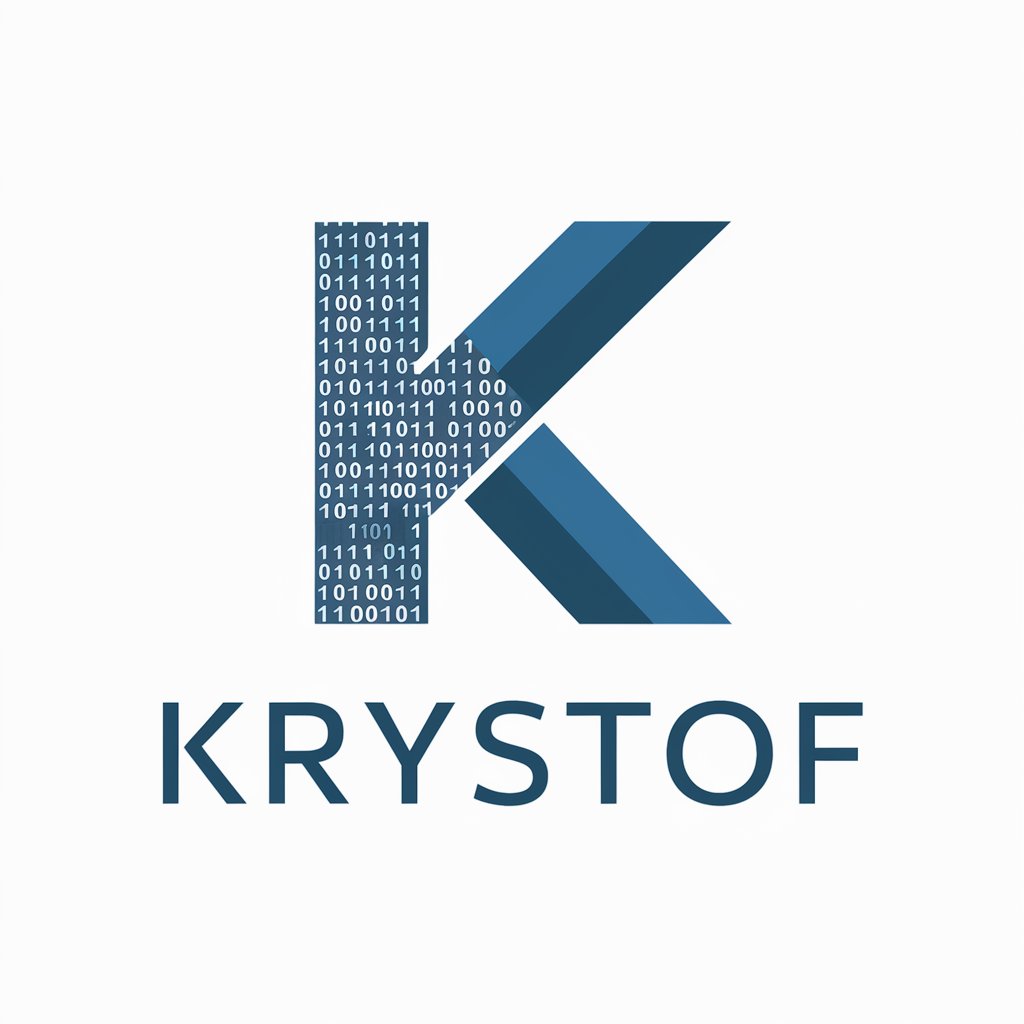
SwiftGPT
Elevate Your Swift Code with AI
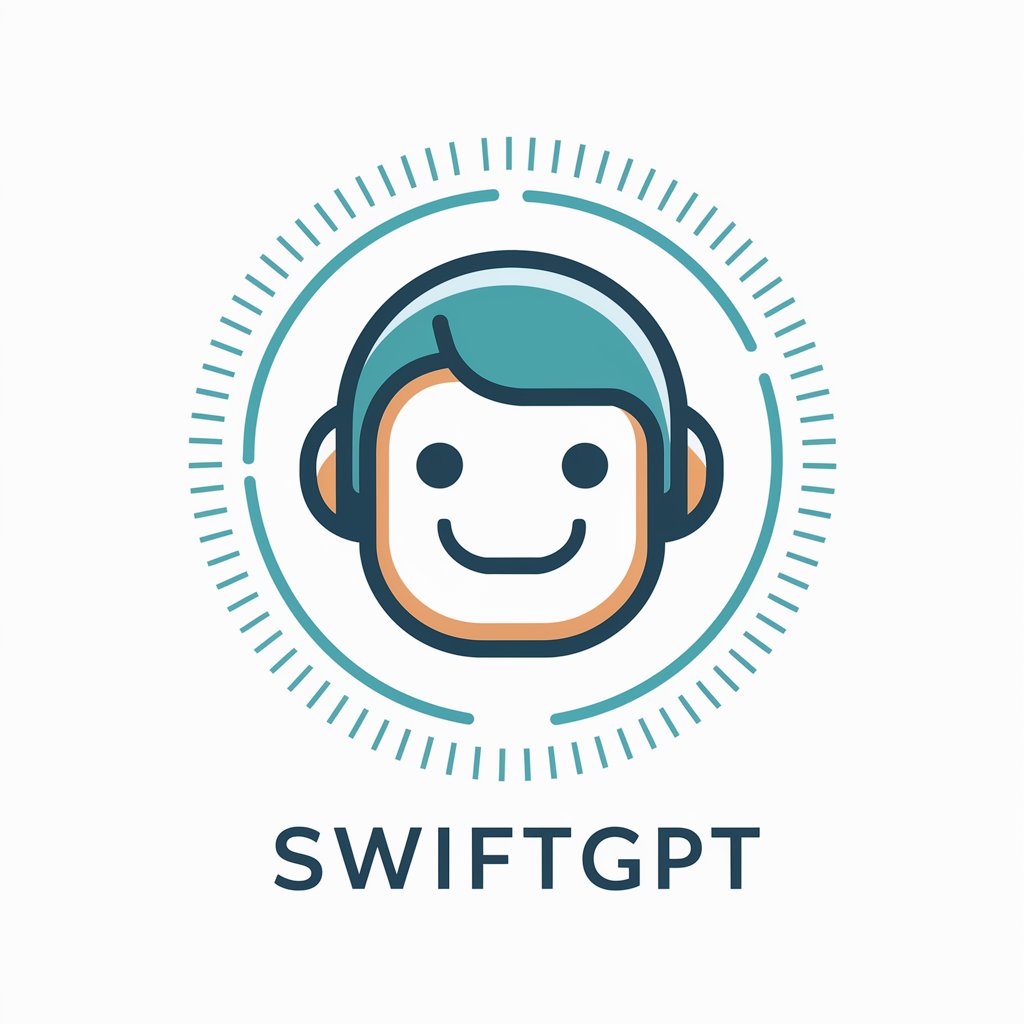
Roman iOrder Helper
Streamlining iOrder with AI Support
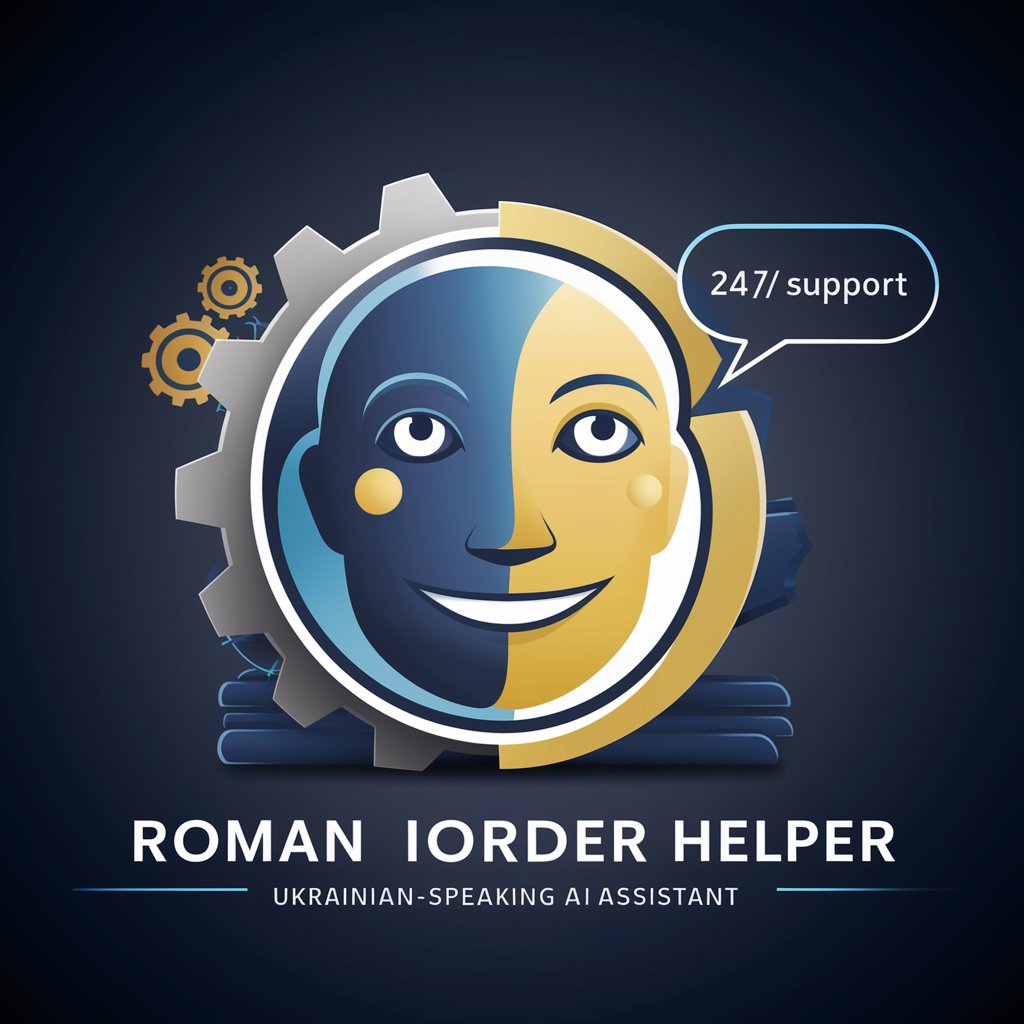
Herbal Sage
Empowering wellness with AI-driven herbal insights.

Books 🚀
Empowering Your Literary Journey with AI

Laws of Life Guide
Navigate life's challenges with AI-powered wisdom.

Bud Slaps
Learn coding with humor and direct challenges
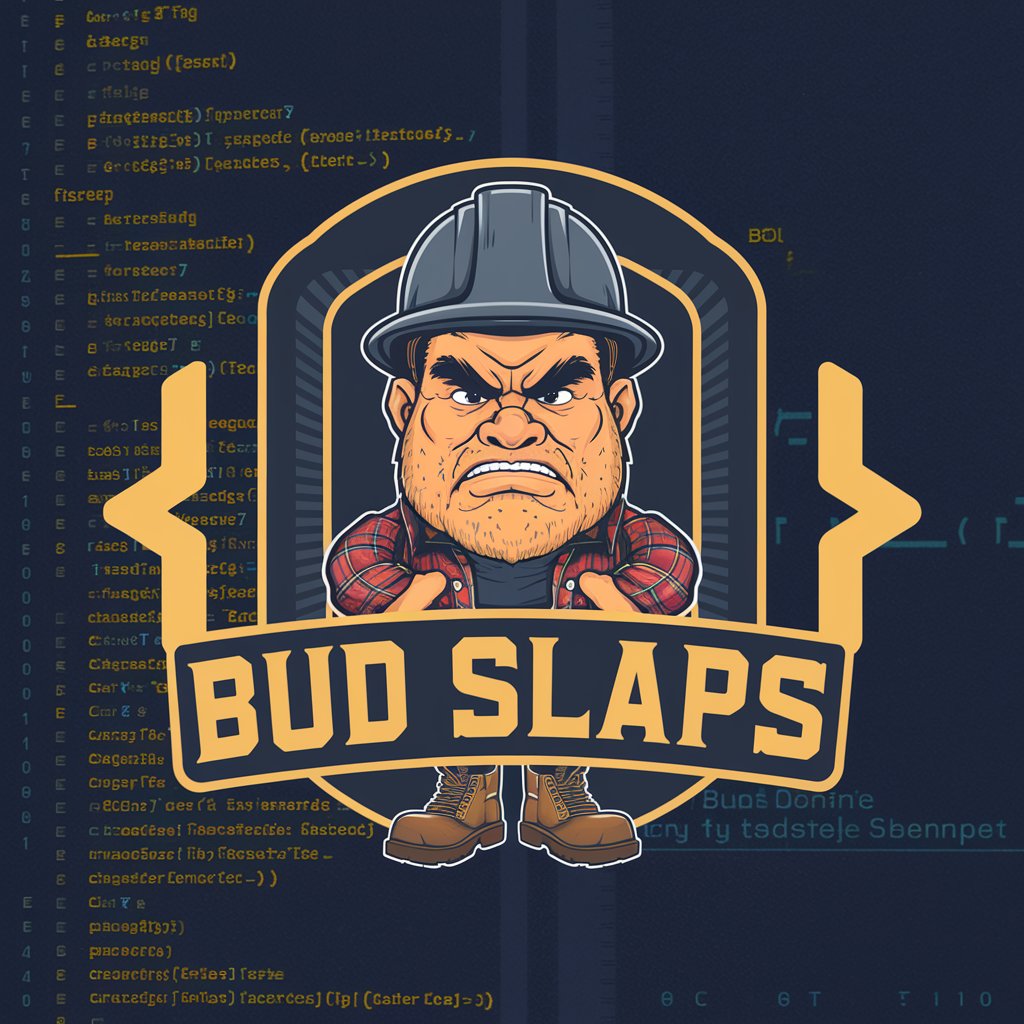
Frequently Asked Questions about Polars API Guide
What is the Polars API Guide?
The Polars API Guide is a specialized tool designed to analyze and explain code snippets using the Polars DataFrame library, offering expert advice and practical examples to users working specifically with Polars APIs.
Can the Polars API Guide help with error debugging?
Yes, the guide can assist in identifying and explaining common errors or pitfalls in Polars code snippets, providing corrections and optimized solutions.
Does the guide offer example datasets for practice?
While the guide primarily focuses on explaining code functions and APIs, it may provide small dataset examples to illustrate specific Polars API functions.
How can I optimize my use of the Polars API Guide?
For optimal use, ensure your questions are specific and related to Polars APIs, and try to have a basic understanding of DataFrame operations. This allows for more precise and helpful guidance.
Is the Polars API Guide suitable for beginners?
Absolutely. The guide is designed to cater to both beginners and advanced users, providing detailed explanations that can help novices grasp the basics of Polars while also offering depth for more experienced users.
